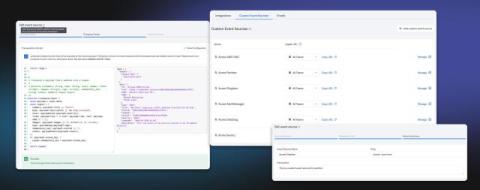Steps to AIOps maturity: Establish actionable incidents
Lack of communication between IT operations and ITSM teams results in data silos. And data silos make it challenging, if not impossible, to solve problems efficiently. One-third of ITOps professionals say that gathering business context is the biggest challenge to effective incident response and management, according to EMA Research.










